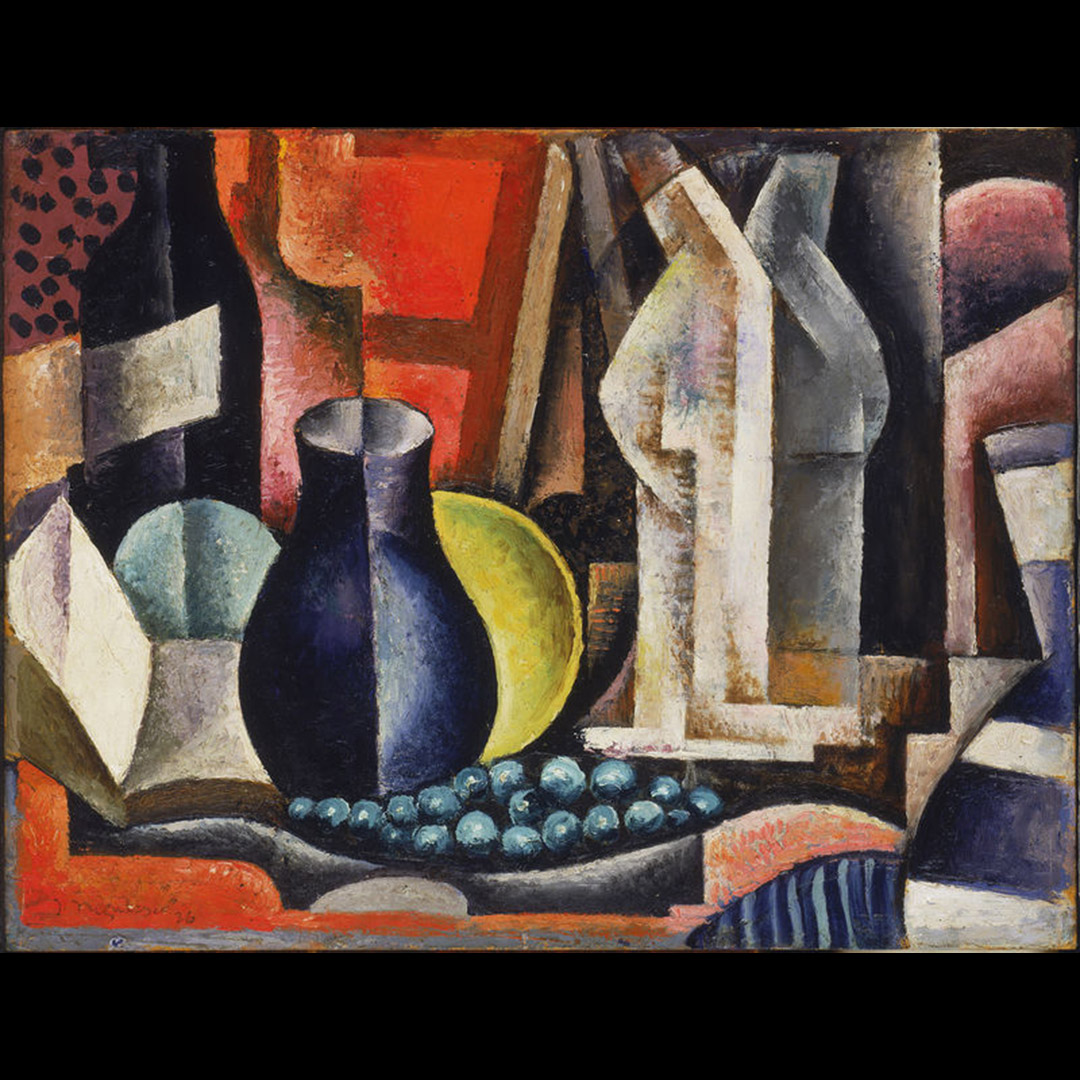“My still-life painting has more to do with light and shadow than with the objects themselves.”
William C. Wright
 Daily Art: “Fruits, Flowers, and Death: Still Lifes in Art History”
Daily Art: “Fruits, Flowers, and Death: Still Lifes in Art History”
[*]
“Still lifes are one of the most recurrent and well-known themes in art history. These subjects are usually representations of inanimate objects such as fruits, sumptuous bouquets of flowers, succulent feasts of food, or man-made objects such as instruments, books, or jewelry. Beyond wanting to show the opulence of the exposed elements, or as a symbol of wealth and power, still lifes could also have a more philosophical side, becoming allegories of the passage of time.
Ancient Origins: We can find the first examples of still lifes in classical Rome. Today, we have examples of Pompeii walls with representations of food as advertisements for bakeries or food stores. Some of the Domus (typical Roman houses) or villas were also decorated with frescoes or mosaics with food. In some cases, these images of baskets of fruit or other foodstuffs could act as votive offerings to the gods.
Still Life Boom in the 17th Century: Although we find some reproductions of still life in the Middle Ages, the expansion of this genre occurred in the 17th century, especially in the Netherlands and Spain. In fact, it was in Holland that the term stilleven was coined, that is, “dormant life”. This is because these scenes represented a moment of stopped or paused time.”
*Quotation above is taken directly from the website cited and is the property of that source. It is meant to inform the reader and to give credit where it is due.
“One of the principal genres (subject types) of Western art – essentially, the subject matter of a still life painting or sculpture is anything that does not move or is dead.
Still life includes all kinds of man-made or natural objects, cut flowers, fruit, vegetables, fish, game, wine and so on. Still life can be a celebration of material pleasures such as food and wine, or often a warning of the ephemerality of these pleasures and of the brevity of human life (see memento mori).
In the hierarchy of genres (or subject types) for art established in the seventeenth century by the French Academy, still life was ranked at the bottom – fifth after history painting, portraiture, genre painting (scenes of everyday life) and landscape. Still life and landscape were considered lowly because they did not involve human subject matter.
In modern art simple still life arrangements have often been used as a relatively neutral basis for formal experiment, for example by Paul Cézanne, the cubist painters and, later in the twentieth century, by Patrick Caulfield.”
*Quotation above is taken directly from the website cited and is the property of that source. It is meant to inform the reader and to give credit where it is due.
Here’s a gallery featuring still life paintings throughout art history:


















